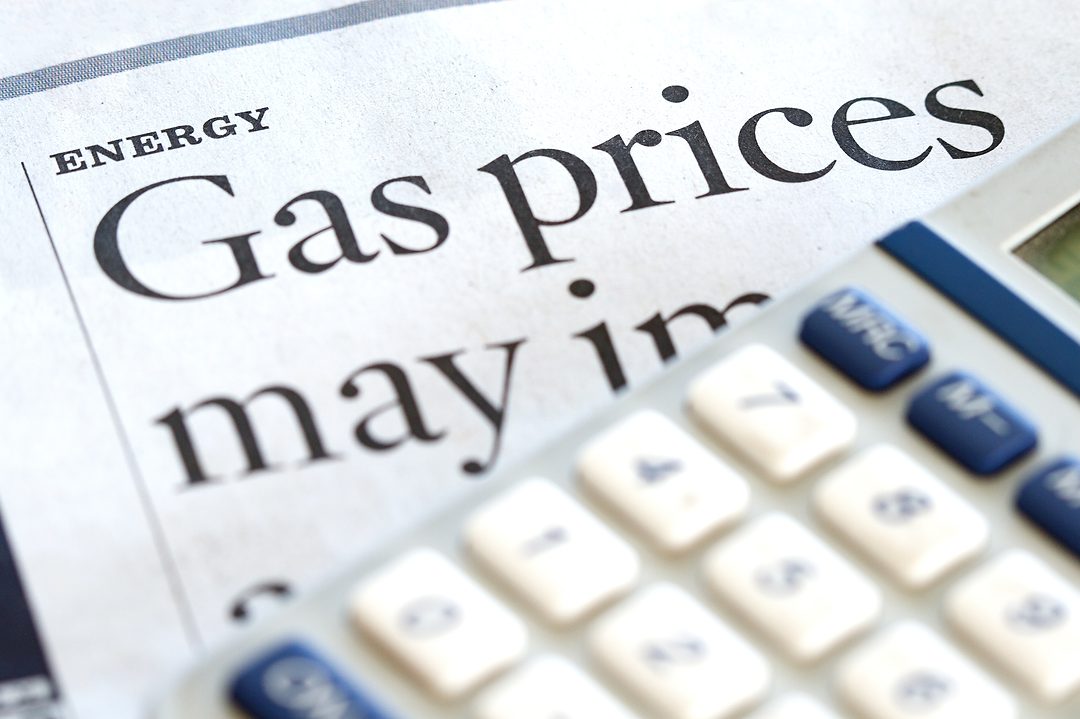The Effects of Unpredictable Gas Prices
The volatility of some costs requires constant monitoring of business expenses and adjustment of prices in accordance with those expenses.

When you enter the business arena, you encounter the costs of doing business. In the service contracting business arena, those business operational expenses are for items such as direct labor, which encompasses technician salaries and salary-related expenses, as well as all legitimate business overhead expenses.
If you are to price your services for any particular task both properly and profitably, you must consider the impact of the true cost those expenses have on your business obligations. Only then can you think about developing your selling prices in a fashion that will allow you to recover your true cost of any service and earn the reward you deserve for the delivery of excellence to the consumer.
If you do not know how to identify and calculate your true operational cost, you cannot properly calculate the true operational cost you will incur to provide said service. And you must remember that operational business expenses are always in a state of flux.
Salaries rise and, for the most part, overhead expenses go up rather than down. Some overhead business costs may actually bounce upward and downward, depending upon circumstances.
One such overhead cost for service contracting businesses is the volatile cost of fuel for your service vehicles.
In 2020, the average cost of a gallon of regular gas in the United States was about $2.17. Average means in some geographic areas it could have been more while in other areas it could have been less.
Near the end of 2021, that average cost rose to $3.40. In one small California town, it was up to $8 a gallon in October.
For this column, I will use the 2020 average of $2.17 and the 2021 average of $3.40 in explaining the effects gasoline prices have on your costs and, ultimately, your bottom line. Keep in mind that the example prices can be higher or lower in your area, dependent upon circumstances, at any given time. It’s why you must constantly monitor your business expenses and adjust your prices in accordance with your expenses, when appropriate.
The difference in gas price averages between 2020 and 2021 is $1.23/gallon, meaning your cost per gallon rose by 57 percent in 2021.
Let’s take a look at what that cost comes to, based on the parameters I have set forth, for each of your qualified techs with a properly equipped service vehicle.
All tech hours sold all the time
If each of your service vehicles averaged 15,000 miles a year and the average number of miles you got per gallon was 15 (that may be high for some of you to achieve), you would need to purchase 1,000 gallons of gasoline for each service vehicle.
If you get less than 15 miles/gallon, your costs per gallon will be higher than my examples. If you get more than 15 miles/gallon, your cost per gallon will be lower. But for this example, every 1,000 gallons of gasoline you purchase will still cost you the same amount, based on the $1.23/gallon difference.
In 2020, that business cost to you would have been $2,170 for each service vehicle ($2.17/gallon x 1,000 gallons). But in 2021, the gasoline cost to your business was $3,400 for each service vehicle ($3.40/gallon x 1,000 gallons). That’s a difference of $1,230/service vehicle for every 1,000 gallons you purchased.
Even though the difference per gallon was only 123 pennies, those pennies turn into nickels, which turn into dimes, which turn into quarters, which turn into dollars, etc.
You only have 1,708 hours per tech/service vehicle to sell in a 40-hour, five-day, 52-week work year — after you subtract two weeks for vacation/personal time, six holidays, and one non-revenue producing hour per tech/service vehicle per workday. Accordingly, that $1,230/service vehicle will cost you an additional $0.72/hour/service tech/truck for every 1,000 gallons you must purchase, and that is only if you sell all your available tech hours all the time.
Figure 1 shows you the effect that a $0.72 increase in your cost has on your selling prices at 10-, 20-, 30-, 40- and 50-percent profit margins.
If you wanted a 10-percent profit margin, your selling price would need to increase by $0.80/hour. A profit margin is the money you bring in less the money it costs you, divided by the selling price you bring in.
In this example, you would bring in $0.08 more for each tech/truck hour than the increase in gas prices costs you: $0.08 ÷ $0.80 (the increase in selling price) = 10 percent.
Whether or not you adjust your selling price based on the additional cost and a 10-percent profit margin, your swing factor is $1.52/tech/truck hour: $0.72 + $0.80 = $1.52 swing factor.
Swing factor is based on the additional cost plus the increase to the selling price you should have adjusted to in order to attain your desired profit margin. As indicated in Figure 1, the same thing occurs at the different profit margin percentages but with varied numbers:
- At a 20-percent profit margin, your selling price needs to increase by $0.90/hour. Your profit becomes $0.18/tech/truck hour; your swing factor is $1.62/tech/truck hour.
- At a 30-percent profit margin, your selling price needs to increase by $1.03/hour. Your profit becomes $0.31/tech/truck hour; your swing factor is $1.75/tech/truck hour.
- At a 40-percent profit margin, your selling price needs to increase by $1.20/hour. Your profit becomes $0.48/tech/truck hour; your swing factor is $1.92/tech/truck hour.
- At a 50-percent profit margin, your selling price needs to increase by $1.44/hour. Your profit becomes $0.72/tech/truck hour; your swing factor is $2.16/tech/truck hour.
Reality check
However, since no contracting business sells all their available tech hours all the time, the true cost per tech hour is actually higher.
Figure 2 shows how the numbers are affected when you only sell 90, 80, 70, 60 and 50 percent of your available revenue-producing tech hours at a 10-percent profit margin:
- If only 90 percent of available tech hours are sold, the additional cost of $0.72/tech/truck hour becomes $0.80/service tech/truck hour. To attain a 10-percent profit margin when you only sell 90 percent of available tech/truck hours, your selling price per tech/truck hour needs to increase by $0.89. Your profit becomes $0.09/tech/truck hour; your swing factor is $1.69/tech/truck hour.
- At 80 percent of available tech hours sold, the additional cost per tech/truck service hour becomes $0.90. To attain a 10-percent profit margin, your selling price per tech/truck hour needs to increase by $1. Your profit becomes $0.10/tech/truck hour; your swing factor is $1.90/tech/truck hour.
- At 70 percent of available tech hours sold, the additional cost per tech/truck service hour becomes $1.03. To attain a 10-percent profit margin, your selling price per tech/truck hour needs to increase by $1.14. Your profit becomes $0.11/tech/truck hour; your swing factor is $2.17/tech/truck hour.
- At 60 percent of available tech hours sold, the additional cost per tech/truck service hour becomes $1.20. For a 10-percent profit margin, your selling price per tech/truck hour needs to increase by $1.33. Your profit becomes $0.13/tech/truck hour; your swing factor is $2.53/tech/truck hour.
- At 50 percent of available tech hours sold, the additional cost per tech/truck service hour becomes $1.44. A 10-percent profit margin will require a selling price per tech/truck hour increase by $1.60. Your profit becomes $0.16 cents/tech/truck hour; your swing factor is $3.04/tech/truck hour.
Obviously, if your profit margins were higher, the amount of money you earn would be greater. If you don’t adjust your prices according to your true cost, at any profit margin, the amount of money you lose would be greater.
I have addressed only one of your business expense items; there are many more. And there are more things to consider with regards to identifying and properly calculating your true cost and the profit margin you should choose to get you where you want to go.
Keep in mind that a $1 shortchange in your business budget can cost you more than $1,700/tech/year, plus the profit you didn’t make.
Over the years, I have found that many contractors shortchange themselves by $30/service tech/truck/hour. At a minimum, it can come to $51,240/service tech/truck/year — if all tech hours are sold all the time. It’s an example of how pennies turn into thousands of dollars.
If you are having trouble understanding the complexities of this information and you need help identifying and calculating your true cost, or setting up any business protocol, call me.
Whatever you choose to do, make sure you understand the relationship between your true operational costs and your selling prices. Constantly monitor your costs and make appropriate adjustments if you want to succeed in your endeavor to bring in more money than it costs to operate your company.





